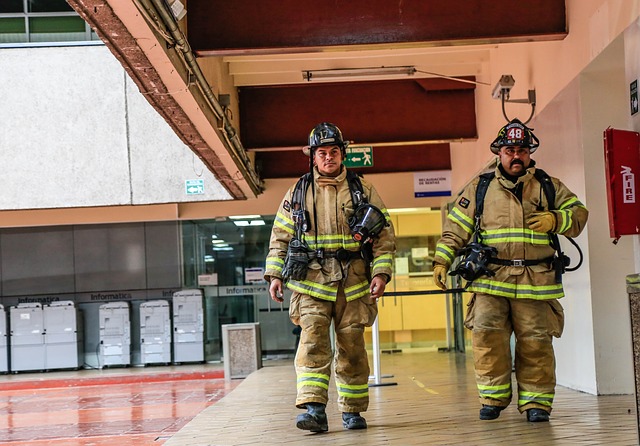
The Fund Finder News
by Kurt Bradley, Senior Grants Consultant
Over the past few years, regional grants have become a powerful way for multiple agencies to band together and apply for a grant.
Funding sources, especially DHS, like to see regional applications. Why is that? Regional applications fit well within the NIMS framework, in that everybody plays well together in the same sandbox. Not only can departments enhance their own individual operations, but by seeking grants together they can also improve mutual aid and interoperability.
However, regional grants are no more of a slam dunk than any other grant. Here are some things to keep in mind before you apply:
Start early.
It can be challenging enough to meet a grant deadline for one agency. When coordinating with multiple agencies, expect delays.
If not managed well, working on a regional grant can quickly turn into chaos—akin to “herding cats.” Since regional grants must have MOUs (Memorandums of Understanding) in place prior to submission, sometimes it takes 2-3 months of governing board meetings to accomplish getting a single MOU in place, yet alone multiple ones.
Give yourself as much time as possible to put together the grant. We recommend that regional applications have at least a 6-9 month lead time to properly research, coordinate with fellow agencies, and put together a comprehensive application.
Choose the lead agency.
While every organization in a regional grant will be part of the funding request, typically one agency should be designated as the lead agency. That agency will be responsible for taking point, funneling all points of contact, and the overall work of researching, writing, filing, and managing the grant.
Make sure that department knows what they’re getting into. That way no one misses deadlines or leaves out important details.
Host interagency discussions.
The lead agency will task each agency with the responsibility for gathering statistical data and then compiling all the information and data needed to make your regional grant application happen.
It is highly recommended that a steering committee comprised of several key staff from each participating agency be formed at the start of tackling a regional grant.
As needed, host conference calls and in-person meetings. Gather all participating departments to make sure you are all compiling information, airing conflicts, and making sure everyone is still on the same page.
Don’t ask for the moon.
The same rules for a single grant application apply to a regional grant application:
Ask only for what you need to get the job done.
Most grants exist to fund basic safety equipment, not the highest technological equipment (and certainly not the most expensive). Focus only on the high-priority items that will both help all the applying departments, and meet the requirements and funding priorities for the grant’s program funding organization.
Train professionally and get certified
Grant funding is absolutely tied to proper training of the personnel who will be using the requested equipment.
Grant funding sources will not give technologically superior and expensive equipment to departments that do not have properly trained or certified personnel who know how to safely and properly use that equipment. It is always better to say that you have staff properly trained to accomplish the tasks, then note that unfortunately they lack the proper equipment to safely perform the tasks, rather than ask for equipment and then offer to train on how to use it.
Only request what you have personnel or positions for.
Asking for more than what you are eligible for is a surefire way to get a rejection notice.
Remember: Funding sources do not fund “extra” or “spare” gear for staff that do not exist. Asking for more equipment than you have staff for will result in a denial of your grant application.
Double-check the RFP/NOFO (Request for Proposal/ Notice of Funding Opportunity) too. Often the RFP/NOFO will list how to determine the quantities of gear you may be eligible to request.
Strength in numbers
The goal of a regional grant is generally to increase the interoperability of the surrounding area agencies to respond to a multi-agency/jurisdictional incident.
Regional grants work well because there is strength in numbers. By combining forces you get to take advantage of the numbers such as increased call volume, increased square mileage of coverage areas, and increased population counts. All of these bode favorably in grant scoring for awards.
Make sure you are watching the details and coordinating well with your mutual aid agencies, and all of you could be on your way to the winner’s circle with your next regional grant.
